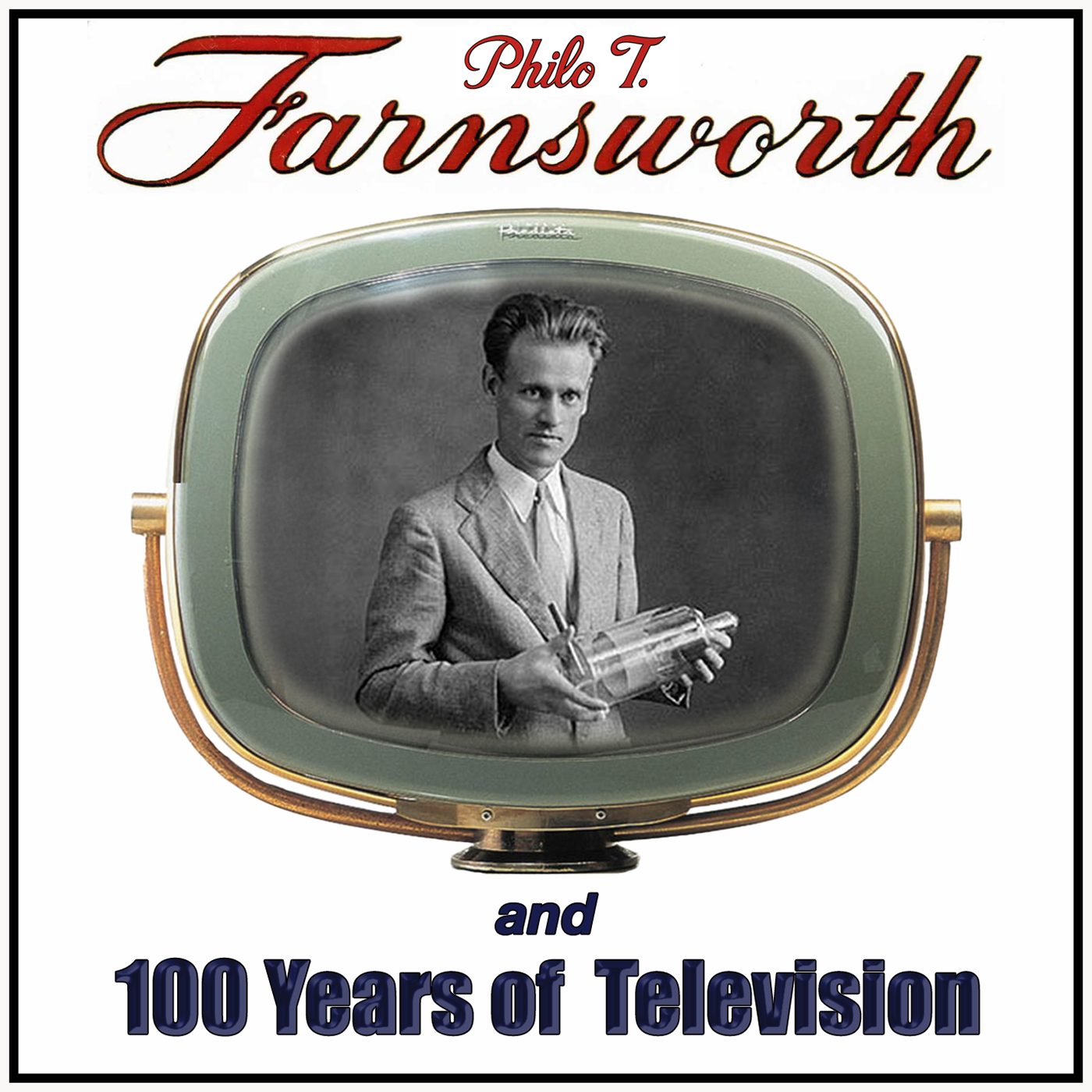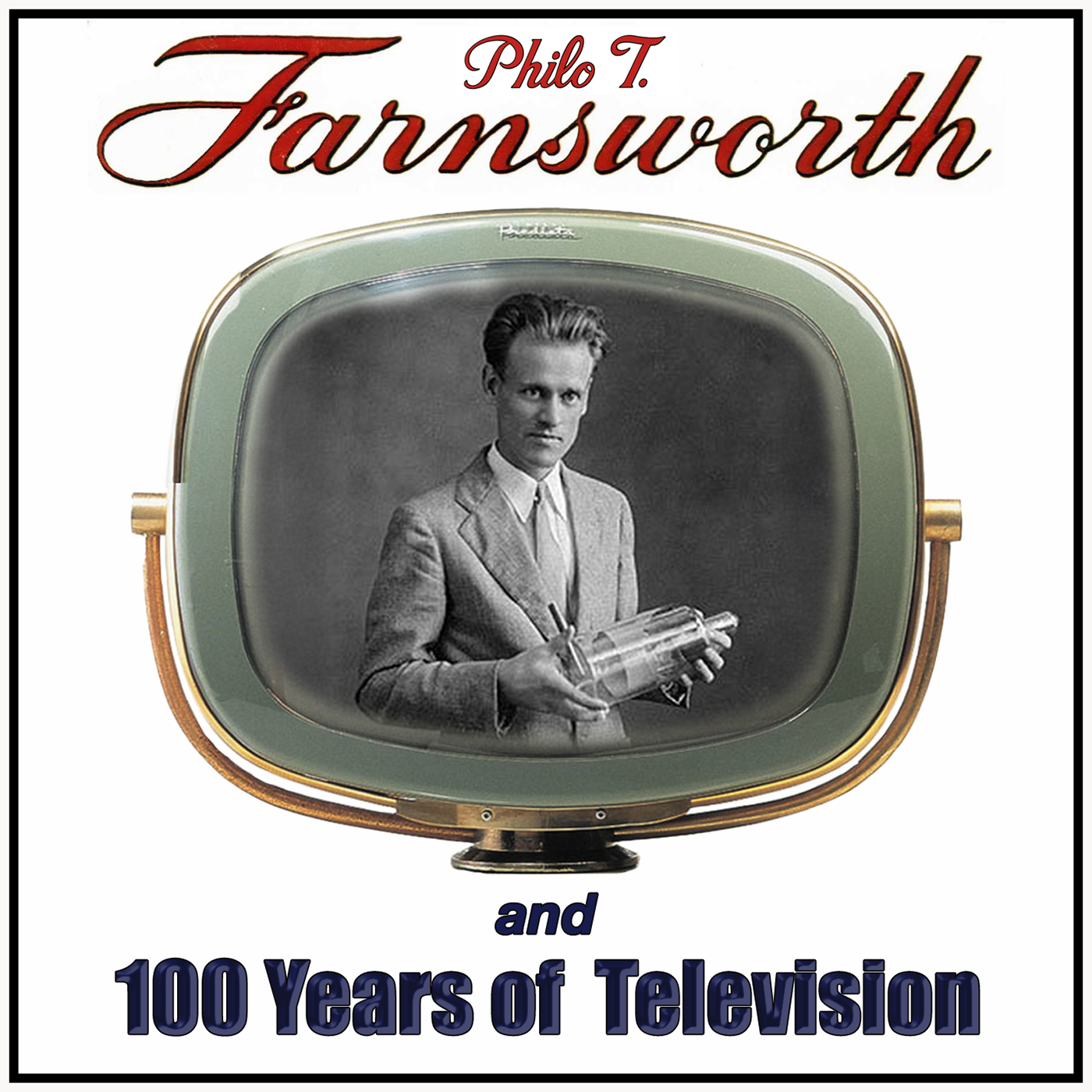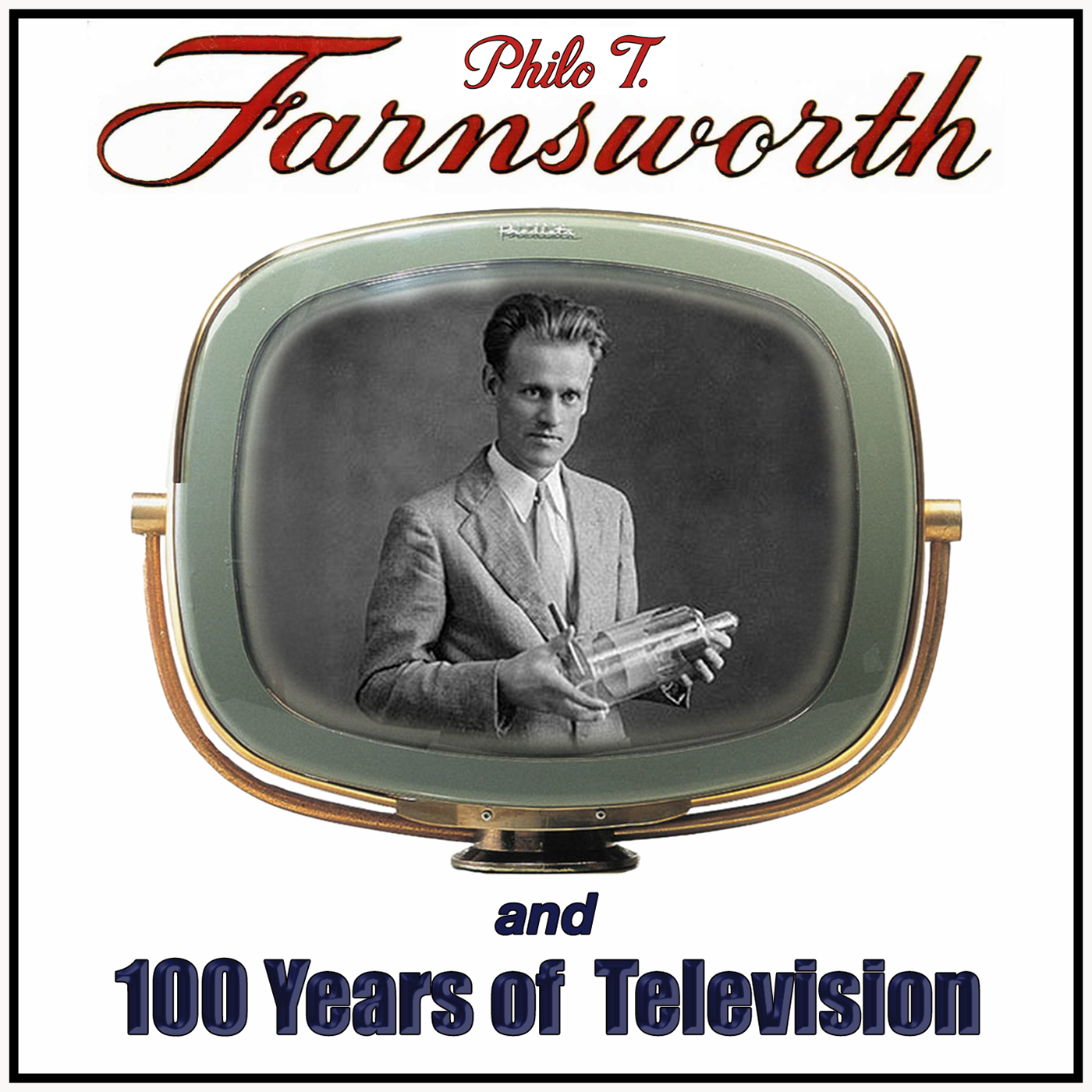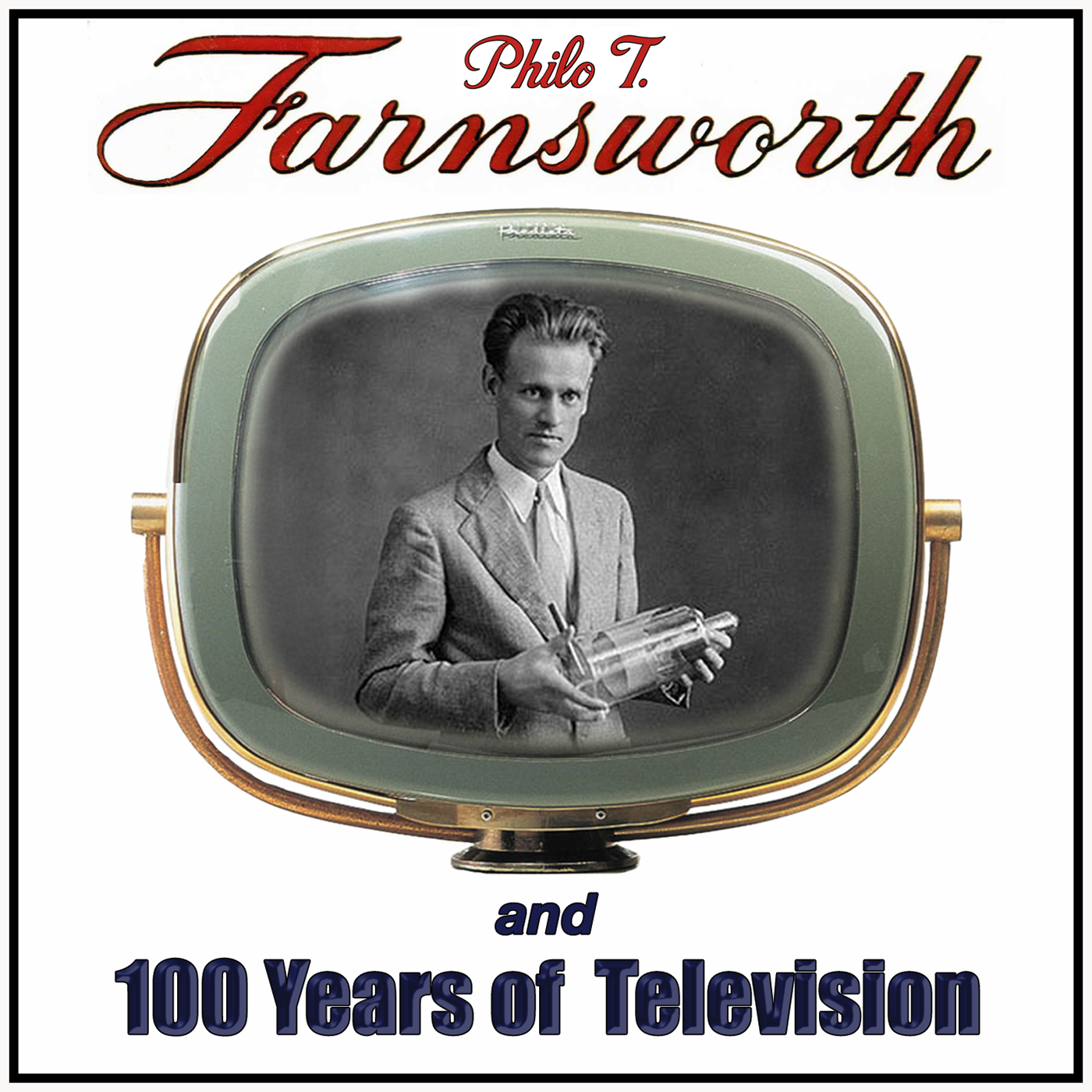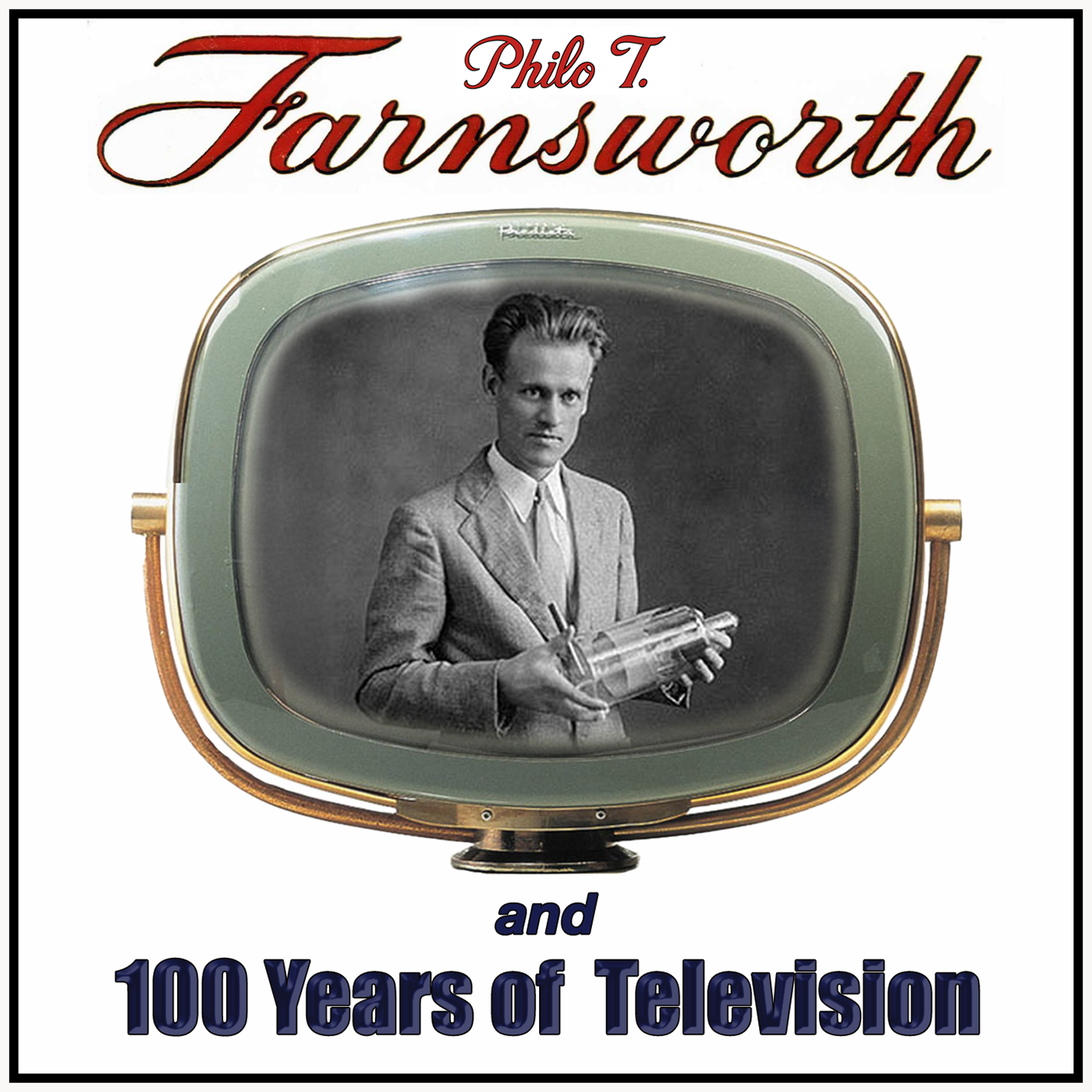Episode Transcript
[00:00:00] Speaker A: They all laughed at Christopher Columbus when he said the world was round they all laughed when Edison recorded sound they all laughed at Wilbur and his brother when they said that man could fly they told Marconi wireless was a phony it's the same old Tribe welcome to.
[00:00:21] Speaker B: 100 Years of TV.
This is episode number two before 1927 Persistence, Illusions and Dreams 1824-1894 Starting in October 2025 and for 100 weeks until September 2027, this podcast is going to recall the top 100 moments in the first 100 years of television and video.
Paul I'm Paul Shatzkin, author of the Boy who Invented the definitive biography of Philo T. Farnsworth, who invented the first all electronic television system in San Francisco in 1927.
That largely forgotten moment was an epic breakthrough in what humans could do with the fundamental forces of nature.
And for better or for worse, was a turning point that set the stage for the inescapably screen based world we live in today.
But before we can count down to the centennial and make the case that Philo T. Farnsworth did indeed invent television, we need to look back on the discoveries, speculations, false starts and breakthroughs that finally came to fruition on Farnsworth's workbench on September 7, 1927.
As is so often the case, the path to the right idea was littered with curious detours.
Some experiments genuinely added to our knowledge of light and electricity, but in hindsight, some seem almost comical, like those wobbly contraptions you see in old newsreels of men trying to fly before the Wright brothers finally took off at Kitty Hawk.
By the time Farnsworth's tubes hummed to life in 1927, he was building on a century's worth of discovery and experimentation.
His success was not a lucky accident. It was the culmination of decades of inquiry across a wide range of pursuits.
Still, his contribution was the key that unlocked the future, the turning point between all that came before and everything that would follow.
But the dream itself, the dream of seeing at a distance, stretches back to antiquity.
In the 4th century BC, Aristotle asked a simple why does a swinging torch look like a continuous circle of fire instead of a single moving flame?
In that question lay the first recognition that the human eye holds onto an image from for just a moment after it's gone.
Aristotle wasn't alone. The Greeks imagined gods with all seeing powers. The prophets of the Old Testament spoke of visions from afar.
Myths, mirrors, crystal balls. For millennia, humans yearned to witness distant events. So let's start there.
1824.
Persistence of vision Motion pictures and television only work because our eyes play tricks on us.
But it wasn't until the early 19th century that science began to explain these illusions.
On December 9, 1824, a British scientist named Peter Mark Roget stood before the Royal Society in London.
His paper had a long title, An Explanation of an Optical Deception in the Appearance of the Spokes of a Wheel when seen through Vertical apertures.
What Roget showed was that when you glimpse the spokes of a wheel through slits, they appear to bend or curve. The reason?
Each image lingers in the eye long enough to blend with the next one.
Roget concluded that this persistence of vision is what makes motion appear continuous.
And yes, if the name Roget sounds familiar, that's probably because, like me, you're old enough to remember Roger's thesaurus. That was how we found words in those ancient times before you just clicked and all the options popped up in a little window on a screen.
1832-1878 Optical illusions Roget's work opened the door to a whole parade of optical innovations.
In 1832, the Belgian physicist and mathematician Joseph Plateau built the phenakistoscope, a spinning disc with slits along the edge and drawings on its face.
When you held it up to a mirror and spun it, the drawings appeared to move.
Plato took the name phenakistoscope from the Greek for deceptive viewer, and it was the first device to harness persistence of vision to create the illusion of motion.
A year later, Austrian physicist Simon von Stampfer created his strobiskopisch Schaben, literally stroboscopic discs. His gizmo worked on the same principle as plateaus, but used flashing interruptions of light to fool the eye into seeing motion.
And in 1834, the British mathematician William George Horner invented a device he called the Daedalium, a cylindrical device, better known later as the zoetrope.
This was a whirling drum with sequential images drawn on the inner surface and vertical slits around the outside.
Give it a spin, peer through one of the slits, and suddenly you see a galloping horse, a dancing figure, or a bird in flight.
The zoetrope's shutter effect, briefly visible images interrupted by darkness, introduced the principle that would eventually make motion pictures possible.
These parlor toys delighted 19th century British audiences, but their real promise wasn't fully realized until photography entered the picture. Pun intended.
1878 Muybridge's Flying Horse in 1878, Railroad Baron, California governor and accomplished horse breeder Leland Stanford wanted to settle a bet at A full gallop. Do all four of a horse's hooves ever leave the ground at the same time?
To answer that question, Stanford hired English photographer Edward Muybridge.
On June 19, 1878, Muybridge lined up a dozen cameras in the ring at Stanford's Palo Alto stock farm.
Each camera was rigged to be triggered by a trip wire across the track.
Then, as Stanford's mayor, Sally Gardner, thundered through the wires, the shutters snapped in sequence.
When the photographic plates were processed, they revealed, frame by frame, that the horse did indeed become momentarily airborne.
Stanford won his wager, and Muybridge's images of the flying horse proved that frame by frame, photographs could be rendered into the illusion of motion.
Muybridge's experiment built directly on those earlier optical toys from Plateau, Stamford and Horner and inspired pioneers on both sides of the Atlantic. Thomas Edison in America, Etienne Jules Marey, Georges Demeny, and the Lumiere brothers in France.
This cohort of inventors put the frame by frame manipulation of persistence of vision, the phenomenon first observed by Aristotle at the heart of a new generation of media built around the moving picture.
1888-1894 Celluloid dreams by the 1880s, the parlor tricks of the zoetrope had evolved into the far more ambitious spectacle of Cinema.
On October 14, 1888, a French inventor named Louis Laprance filmed a few seconds of his in laws walking in a garden in Leeds, England.
Those fleeting frames, preserved on a strip of treated paper, are often cited as the earliest surviving movie.
Soon after, Edison introduced his Kinetoscope, a peephole viewer where one person at a time could watch a tiny movie.
In France, Auguste Louis Lumiere created the Cinematograph, a camera and projector system, and by 1895, they were screening films publicly in Paris and the age of cinema had begun.
At their core, these inventions were the 19th century extension of Aristotle's original observation that a rapid succession of still images could fool the eye into perceiving motion.
By the 1890s, celluloid replaced paper, shutters and sprockets became more reliable, and film stretched long enough to tell actual stories.
In 1894, an American inventor named Charles Francis Jenkins unveiled a new motion picture projector he called the Phantascope.
He later sold that to Thomas Edison, who rebranded it as the Vitascope. And Jenkins went on to chase an even bigger dream, what he called radio vision, an early stab at broadcasting moving images.
This brings us to the end of part one of our prehistory of Television, recounting the myriad observations, experiments and inventions that that set the stage for Philo Farnsworth's historic breakthrough on September 7, 1927.
Stay tuned for the next episode where we'll explore how the science of electricity and magnetism set the stage for Farnsworth.
Thanks for listening to 100 Years of TV, a two year countdown to the Centennial of Television on September 7, 2027.
For more, including YouTube videos of the footage by Muybridge and Le Prince and aim your gizmo to TV centennial.com this podcast was written, recorded, edited, engineered and uploaded by me, Paul Schatzkin, and is a production of Farnovision.com if television was invented by somebody named Farnsworth, why don't we call it Farnovision?
[00:11:38] Speaker A: They all said we never would be happy. They laughed at us and how right? Ho ho ho. Who got the last right now.
